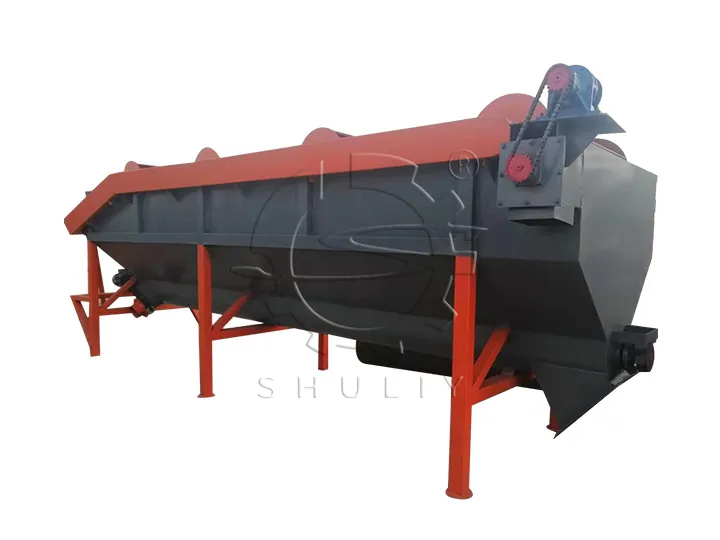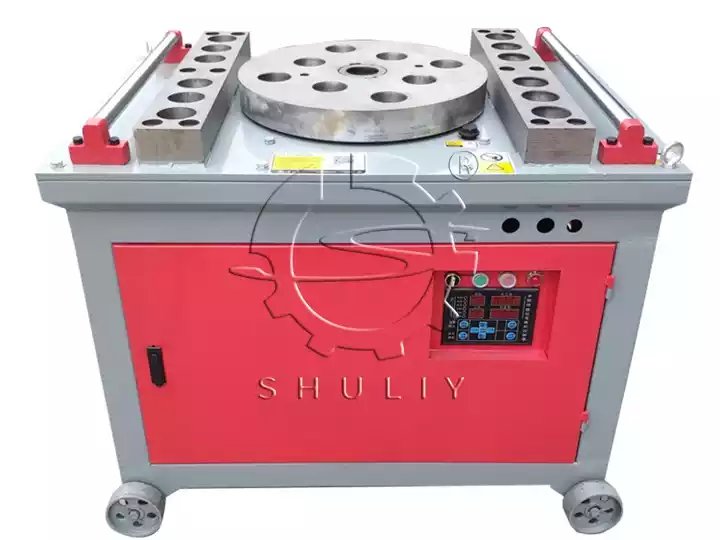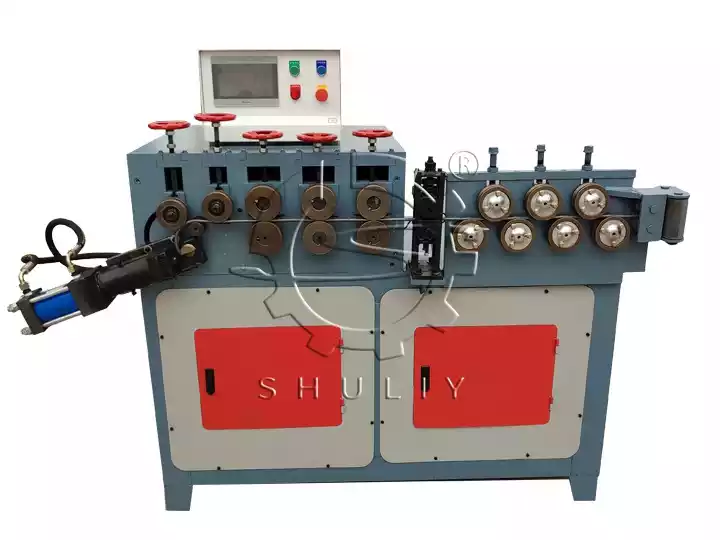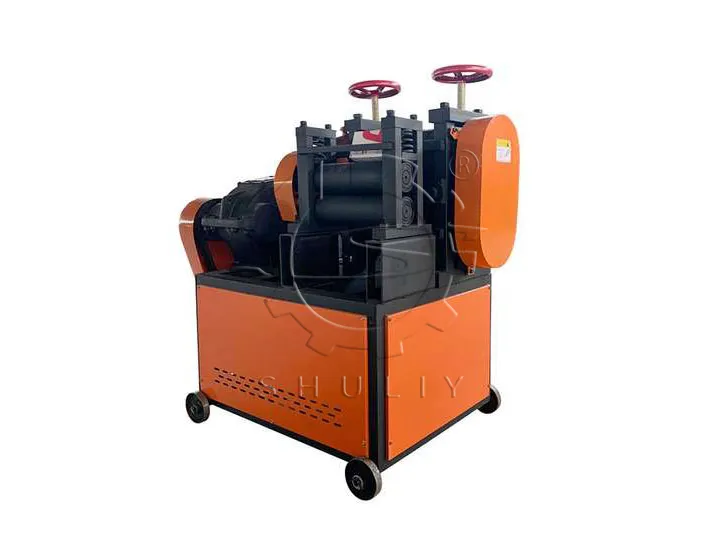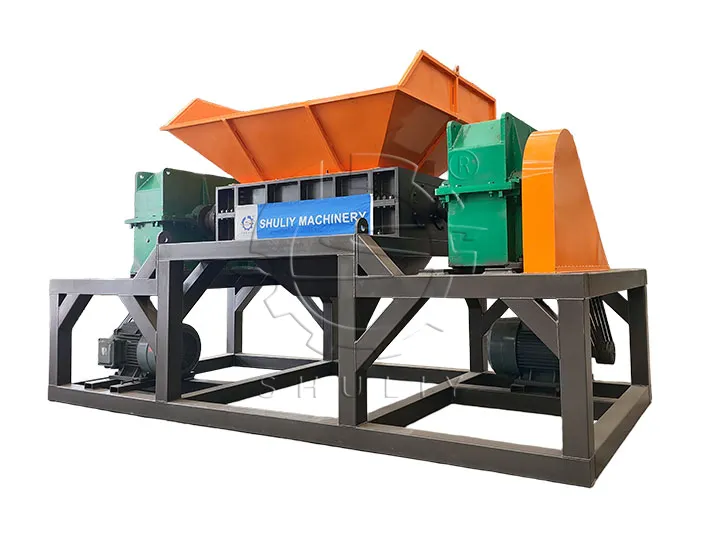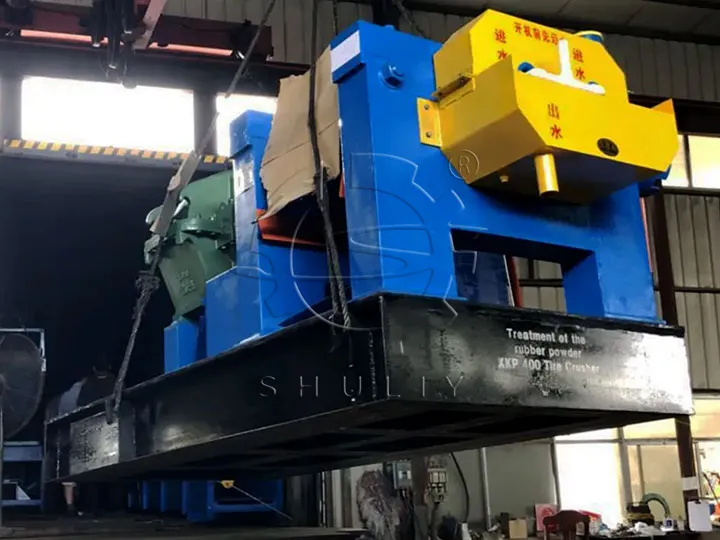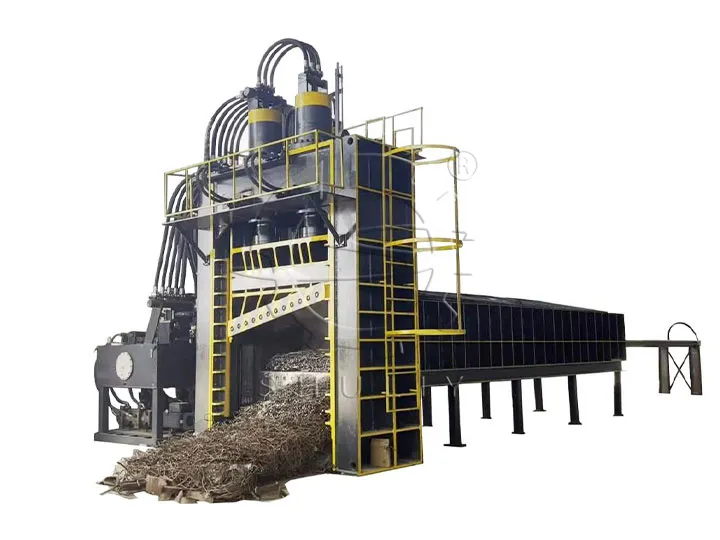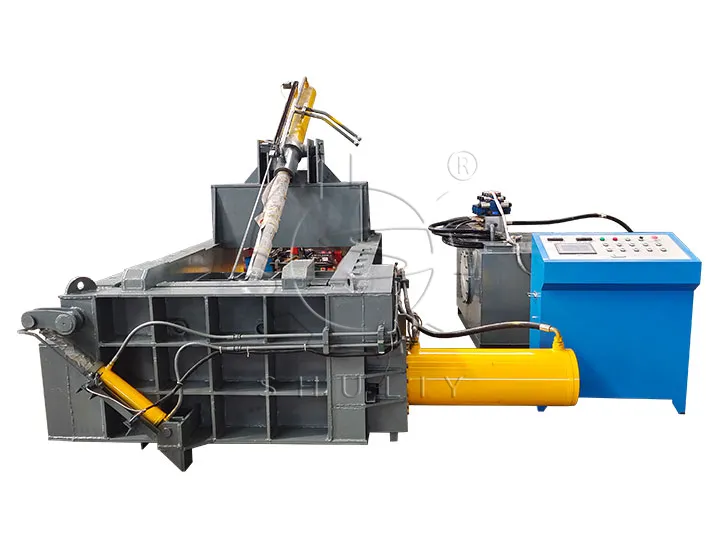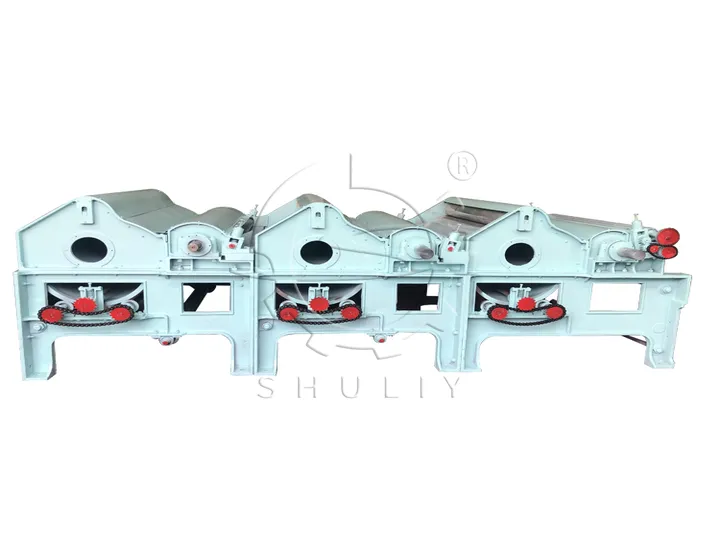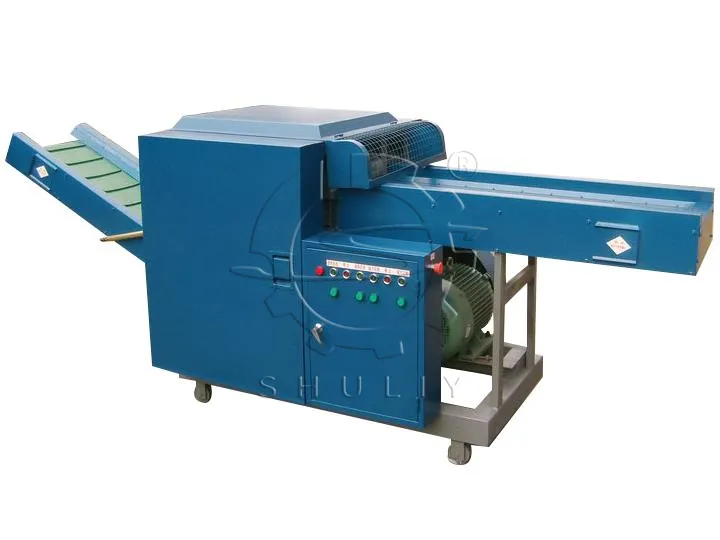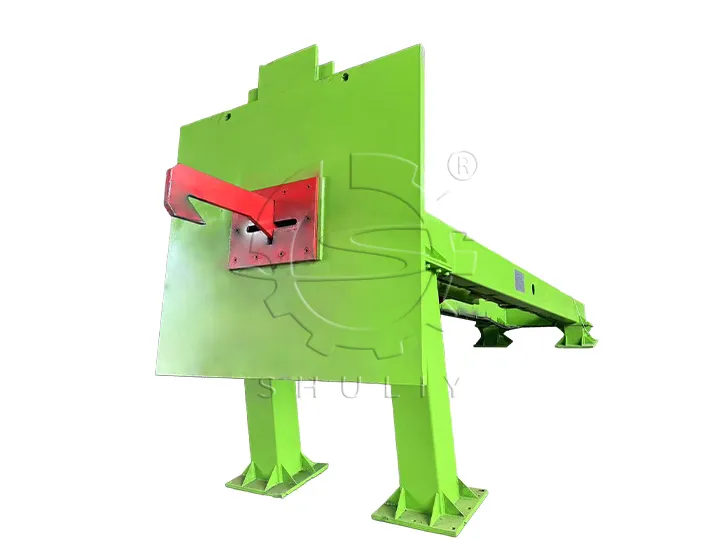Наш поплавковый сепаратор с мойкой представляет собой высокоэффективное оборудование, обычно используемое на заводах по переработке ПЭТ-бутылок. Потому что он может отделять хлопья ПЭТ-бутылок от крышек или этикеток из ПП или ПЭ. В то же время оборудование также может быть подвергнуто дальнейшей промывке хлопьев ПЭТ-бутылок, и эффект стирки будет замечательным.
Пластиковые поплавковые мойки имеют гибкую и универсальную конструкцию, которую можно адаптировать под различные производственные требования и подходят для линий мойки пластиковых бутылок любой мощности. Эффективно отделяя легкие загрязнения от хлопьев бутылок, промывочные баки помогают повысить чистоту конечного продукта и обеспечить гладкое прохождение последующих этапов обработки.
Преимущества пластикового резервуара для поплавковой мойки
- Широкий спектр применения: поплавковый сепаратор с мойкой не только эффективно отделяет хлопья и крышки от ПЭТ-бутылок, но также может использоваться для переработки пластмасс ПП и ПЭ, эффективно удаляя примеси, и подходит для различных линий переработки.
- Прочный материал: стиральная машина для хлопьев ПЭТ, изготовленная из нержавеющей стали, обладает превосходной коррозионной стойкостью и долговечностью.
- Гибкое положение: отделение пластикового мусора в поплавковых емкостях установлено в гибком положении, которое можно регулировать в соответствии с компоновкой производственной линии и подходит для различных процессов очистки.
- Несколько моделей: доступен широкий выбор моделей в зависимости от глубины чистящего бака и характеристик материала. Для более легких хлопьев из ПЭТ-бутылок рекомендуется выбрать более глубокий сепарационный резервуар, чтобы обеспечить более тщательное разделение.
- Дополнительные функции: Некоторые модели оснащены лопастным колесом, которое может эффективно продвигать материал вперед, отделяя примеси, что еще больше повышает эффективность производства.
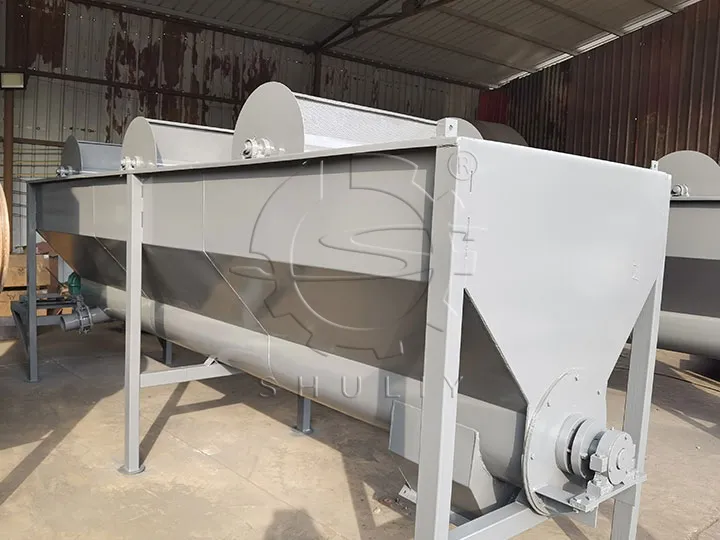
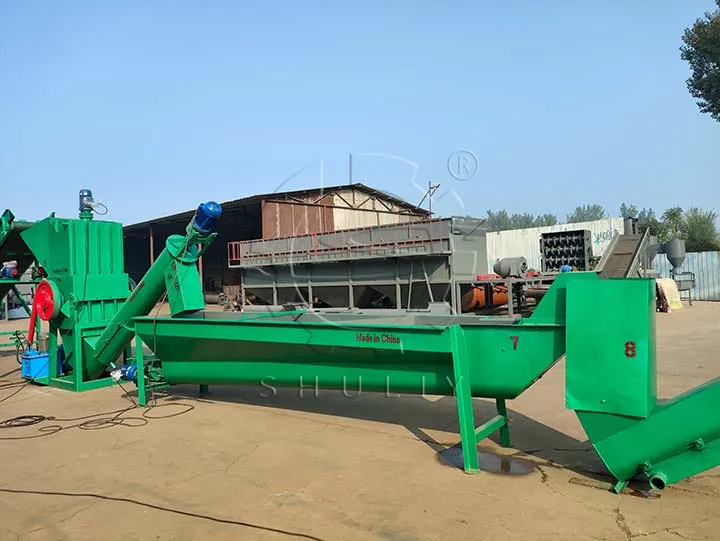
Принцип работы резервуара для разделения поплавков
В системе разделения пластика с помощью поплавкового пластика вода используется в качестве среды для отделения хлопьев ПЭТ-бутылок от ПП-ПЭ-крышек или этикеток в зависимости от плотности. Когда хлопья ПЭТ-бутылок попадают в сепаратор, ПЭТ-пластики с плотностью больше воды тонут, а ПП и ПЭ плавают на поверхности воды. Машина для мойки ПЭТ-хлопьев оснащена шнеком внизу для подачи хлопьев из ПЭТ-бутылок вперед. А колпачки и этикетки, плавающие на поверхности воды, следуют за течением через задний выход.
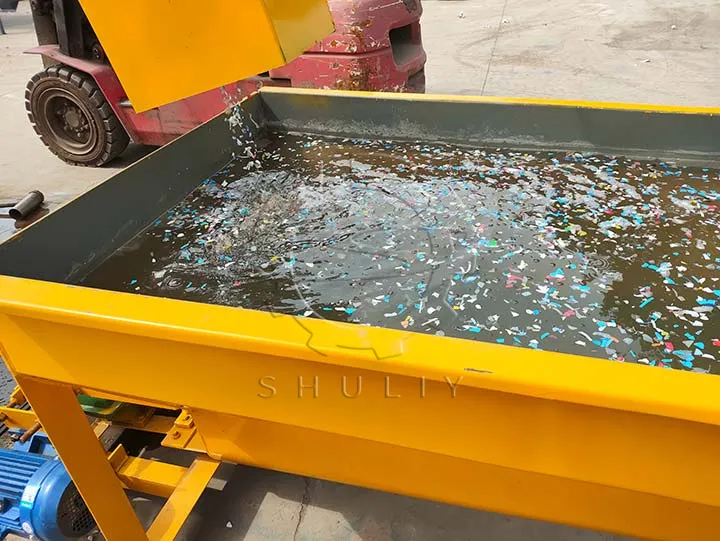
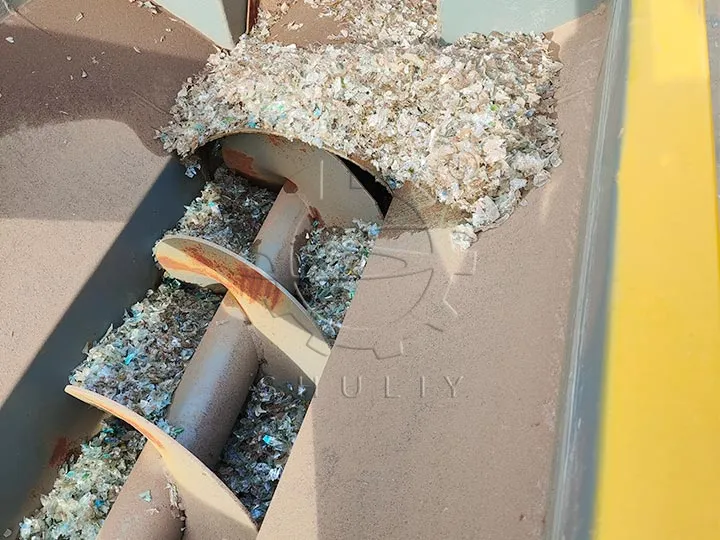
Зачем нужен пластиковый разделитель поплавка для раковины?
Емкость для разделения методом флотации и погружения играет ключевую роль в линии по переработке ПЭТ-бутылок, обеспечивая эффективное разделение хлопьев ПЭТ-бутылок и крышек или этикеток из ПП/ПЭ, и улучшая эффект очистки. Это помогает гарантировать, что восстановленный ПЭТ-материал соответствует стандартам качества для дальнейшей переработки.
В дополнение к этому возникает вопрос о том, сколько пластиковых перегородок для раковины обычно требуется установить на линии мойки пластиковых бутылок. Это зависит от степени загрязнения пластика и конкретных потребностей заказчика. Как правило, это оборудование устанавливается после автоматической дробилки пластиковых бутылок и в основном используется для отделения крышек и остатков этикеток от хлопьев ПЭТ-бутылок.
Если у вас более высокие требования к качеству конечного продукта, вы также можете рассмотреть возможность установки одного или двух поплавковых сепараторов после бака для горячей мойки. Такое устройство дополнительно отделяет загрязнения и удаляет часть щелочи или чистящего порошка, вынесенных из горячей промывочной емкости.
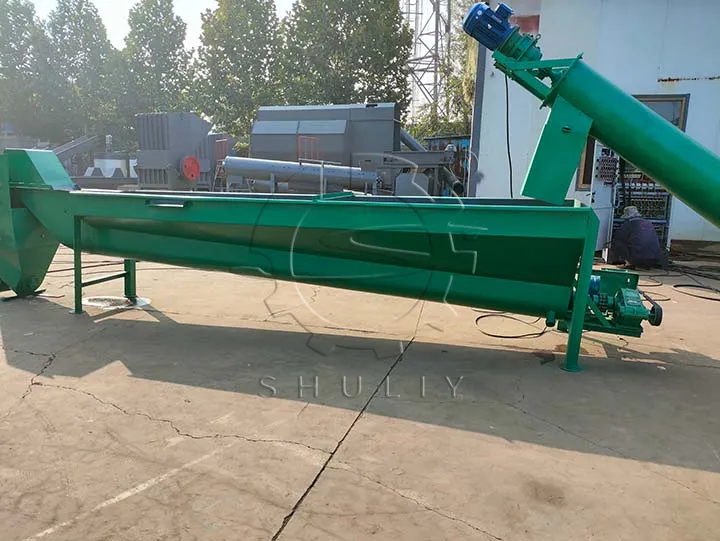
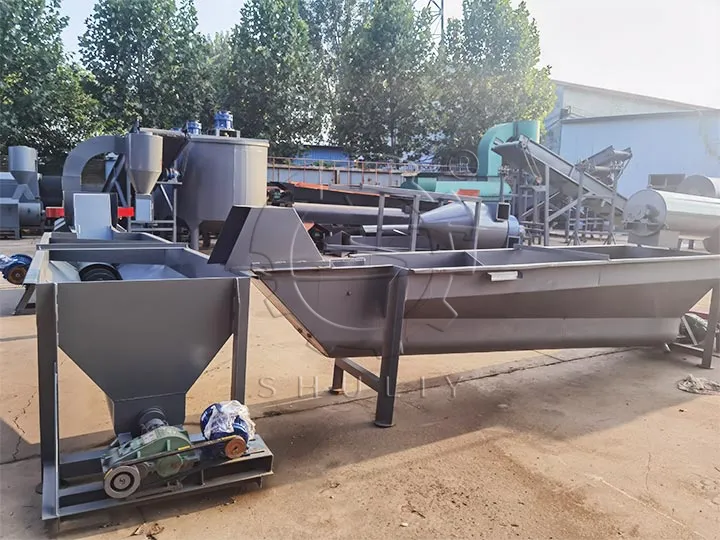
Параметры разделения пластика поплавковой раковиной
| Напряжение | 380 В, 50 Гц, 3-фазное электричество |
| Власть | 3кВт |
| Толщина внешней стенки | 4 мм |
| Толщина лезвия | 6 мм |
| Размер оборудования | 5000*1000*1000 мм |
| Внутренний материал | нержавеющая сталь 304 |
| Внешняя рамка | углеродистая сталь |
Размер и глубина пластиковых перегородок с поплавковой мойкой могут быть настроены в соответствии с требованиями к производительности и характеристиками сырья. Например, более глубокие резервуары подходят для более легких хлопьев ПЭТ-бутылок, а резервуары стандартной глубины подходят для общих нужд переработки пластмасс. Кроме того, внутренняя часть резервуара обычно изготавливается из коррозионностойкой нержавеющей стали, чтобы обеспечить длительный срок службы оборудования во влажной среде.

